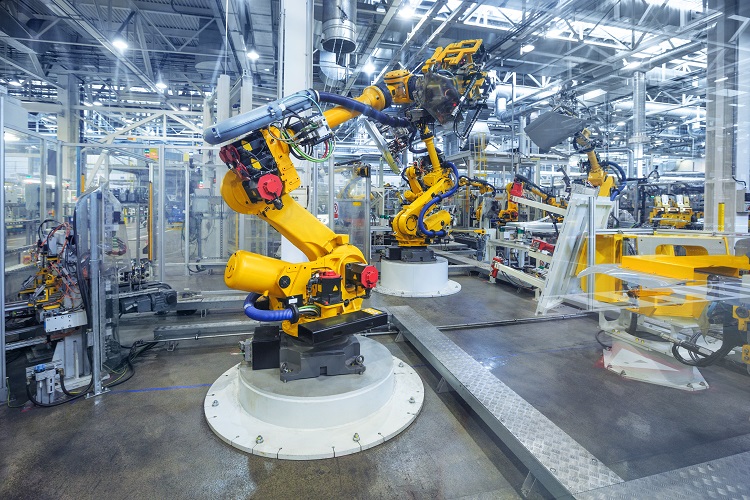Automation Provides Opportunities for Skilled Workers

Regardless of your stance on automation, one thing is sure—it is impacting us at work and home.
CNBC reported that 25% of all U.S. jobs are threatened by automation. On the other hand, the World Economic Forum estimated AI and automation will create 60 million jobs worldwide.
That may sound like bad news—or is it good news?
Before I discuss automation benefits, let me clarify that I understand automation will change and eliminate jobs in all industry segments. Those jobs are held by people who take pride in what they do. Those jobs pay the bills, allowing people to raise their families and make a living. And now automation is threatening some of those jobs. It's not surprising that people fear automation.
However, automation isn't new. It has been impacting the manufacturing industry throughout my 40-year career. I started my tool and die maker apprenticeship in the 70s. Back then, it was all on manual machines. However, before I even graduated, punched tape reading machines made their way onto the shop floor, followed soon after by NC and CNC machines.
CNC machines, later followed by CAD and CAM, changed how we did things. First, we needed to learn the new technology—programming, new equipment, and automated equipment. Then the automated tool and pallet changers came. There was more to learn, but I quickly realized it was driving productivity and capabilities to levels I never thought possible. One guy could run multiple machines. New tools and cutting materials, like indexable carbide, PCD, and CBN, made easy work of materials like Inconel and Hastelloy. Higher horsepower machines meant we could change cutting tool geometry from positive rake angles to negative, allowing us to cut at feeds and speeds we never imagined. At the turn of the century, robots came into the shop, allowing automated part loading and increased efficiencies, which made it possible for a single person to run a machining cell of CNC machines.
Looking back, automation greatly impacted the traditional job of tool and die maker, which had been around for centuries. In the beginning, many said it was a bad change and was turning us into button pushers. Most of us adjusted, learned, and grew our knowledge. Now, some are leading large, modern shops, some became teachers, and others started their own businesses. Automation made it all possible.
I know some of you still think of automation as a job killer, but in my experience, automation made the companies I worked with better and prevented jobs from moving offshore. Automation did eliminate some jobs and changed many more. Some of the new positions included programmers, software developers, integrators, and PLC technicians, just to name a few. The biggest thing automation did was improve working conditions and safety. Dangerous and monotonous tasks are often the first ones handed off to automation or given to a robot.
Ultimately, the biggest challenge is not automation, AI, or robotics—it's change. That change is coming, and it is coming fast. I think it is important for employees to embrace the challenge of change, looking at automation and robots as friends that improve working conditions and allow employees to focus on higher level tasks like quality control or product testing.
As automation, AI, and robotics become the new norm, many traditional manufacturing jobs will change or become obsolete, but a host of new jobs are being created. Some of the new jobs are:
- Automation engineer—Developing automation solutions for physical activities.
- Automation technician—Experts in the automation field.
- System technician—A specialist providing support to ensure an automated system is operating at its optimum level.
- Controls engineer or technician—Applying theory to design and developing automation systems, often overlapping with electrical engineering.
- System integrator—Brings together a variety of systems, machines, and automation to work as one.
- Process technician—Monitors and improves processes.
- Electro-mechanical technician—Maintains and repairs electrical and mechanical components of a system.
These are just a few jobs that are created within a manufacturing operation to ensure automation is successful. In addition, many jobs are created within the automation industry. People are needed to design and build automation parts, robots, and software to control and operate the systems.
It’s up to you to decide which side of the automation debate you are on. You can gripe about it or make a conscious choice to make the best of it. Challenge yourself to learn and make the robot your friend.
An insurance company that cares about you and insuring the things you wish to be insured.
Get a Quote> Find an Agent>

